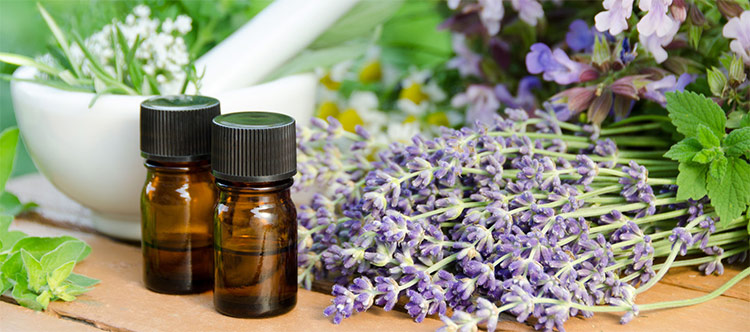The Importance of Using Botanical Names with Essential Oils

A plant's common name is the name that we casually use to refer to a botanical. Examples of common names include Eucalyptus, Orange, Chamomile and Bay.
As is the case with each of these examples, however, different plants can sometimes share the same common name. For example, there are several types of Chamomile. This can be highly problematic because plants sharing the same common name don't necessarily share the same therapeutic properties, benefits or contraindications.
To eliminate this confusion and the unfortunate problems that can arise from it, "botanical nomenclature" is used to systematically name plants in Latin so that no two plants share the same Latin name that is assigned to the plant.
Within the scope of essential oils and holistic aromatherapy, the unique names assigned to plants are typically known as "botanical names" or "Latin names." The first word is known as the Genus, and it should be capitalized. The second word is the species and should appear in all lowercase letters. The entire botanical name should be italicized.
Botanical Name Examples
- Lemon: Citrus limon
- Peppermint: Mentha piperita
- Pink Pepper: Schinus molle
- Tea Tree: Melaleuca alternifolia
To view additional botanical names, refer to the Botanical Name Index of AromaWeb's Essential Oil Directory.
The Use of Botanical Names When Referring to and Shopping for Essential Oils

When you shop for essential oils or refer to resources like AromaWeb's Essential Oil Profiles Directory, it's important to pay attention to the botanical name of the essential oil that you are interested in. For example, if you're reading AromaWeb's profile pertaining to Sweet Orange Essential Oil you will notice that the corresponding botanical name for Sweet Orange Essential Oil is Citrus sinensis. If you decide you want to research Sweet Orange Essential Oil further and possibly purchase it, you will want to be sure to doublecheck the botanical name listed for any Orange Oil that you are considering purchasing, even if it is listed as Sweet Orange Essential Oil. Sweet Orange Essential Oil is not phototoxic, but Bitter Orange Essential Oil is phototoxic.
Not only is it important to ensure that you are working with the correct essential oil for safety and therapeutic reasons, but it's also important from a conservation perspective. Some essential oil oil bearing plants and trees like Atlas Cedarwood (Cedrus atlantica) are endangered yet Virginian Cedardwood (Juniperus virginiana) is not. Therefore, Juniperus virginiana is the better choice from a mindful, sustainability perspective.
When you shop, doublecheck the botanical names to help ensure that you don't accidentally purchase the wrong essential oil for your needs. If a supplier does not provide the botanical name of an essential oil, be leery. Most all reputable sellers realize the importance and necessity of including the botanical name on their bottle labels and marketing materials. For the sake of brevity it's standard practice and acceptable for essential oil educators and authors to only use the common name if they link the common name to a page that includes the botanical name or if they provide the botanical name somewhere else within easy access to the reader/student.
As I mentioned above, botanical nomenclature is a naming system used so that no two plants share the same botanical name. However, botanical nomenclature can change over time, and there are some plants that are known by more than one botanical name. For example, Lavendula officinalis used to be the preferred botanical name for Lavender Essential Oil. Now the preferred botanical name is Lavandula angustifolia, but both botanical names for Lavender are still in use. If you have Essential Oil Safety Edition 2 by Robert Tisserand and Rodney Young (highly recommended), you can use it to doublecheck to see if a plant may go by more than one botanical name.
References and Resources:
"Essential Oil Taxonomy and Nomenclature: Part 1," Aromatic Wisdom Institute (Liz Fulcher, 2012).
"Botanical Nomenclature," Wikipedia.
